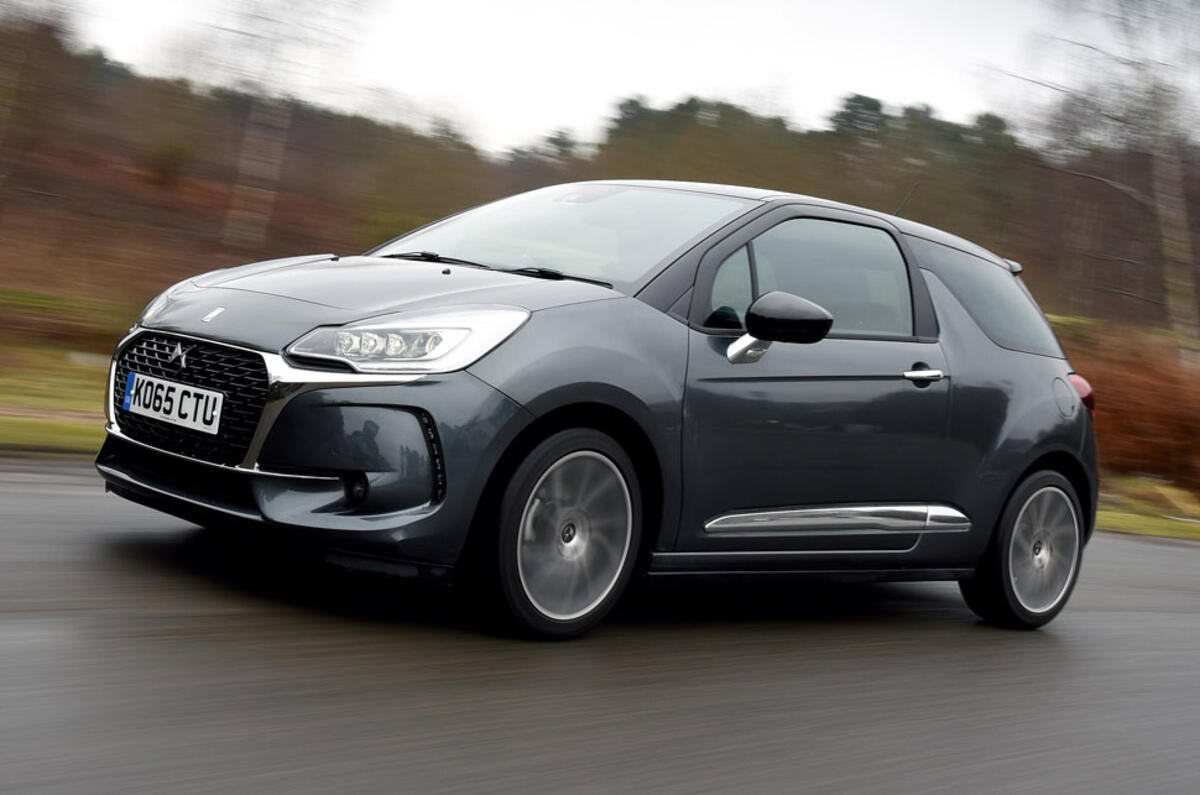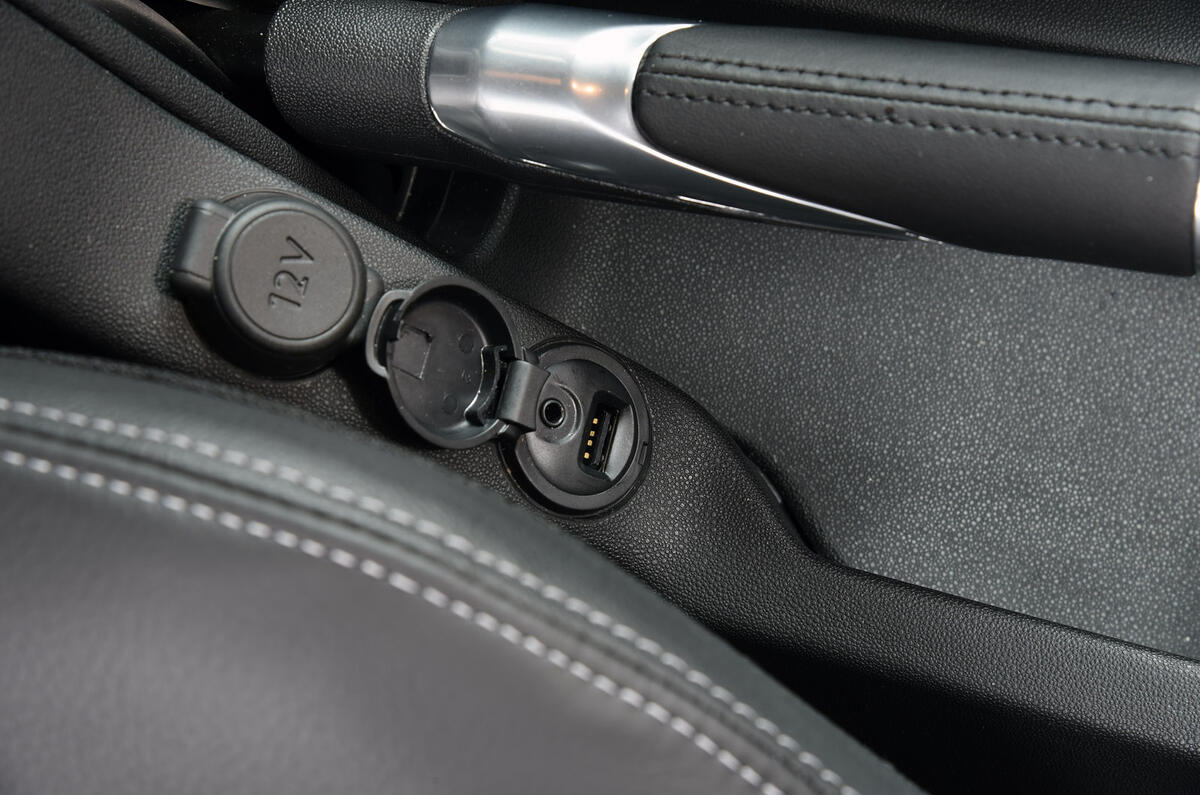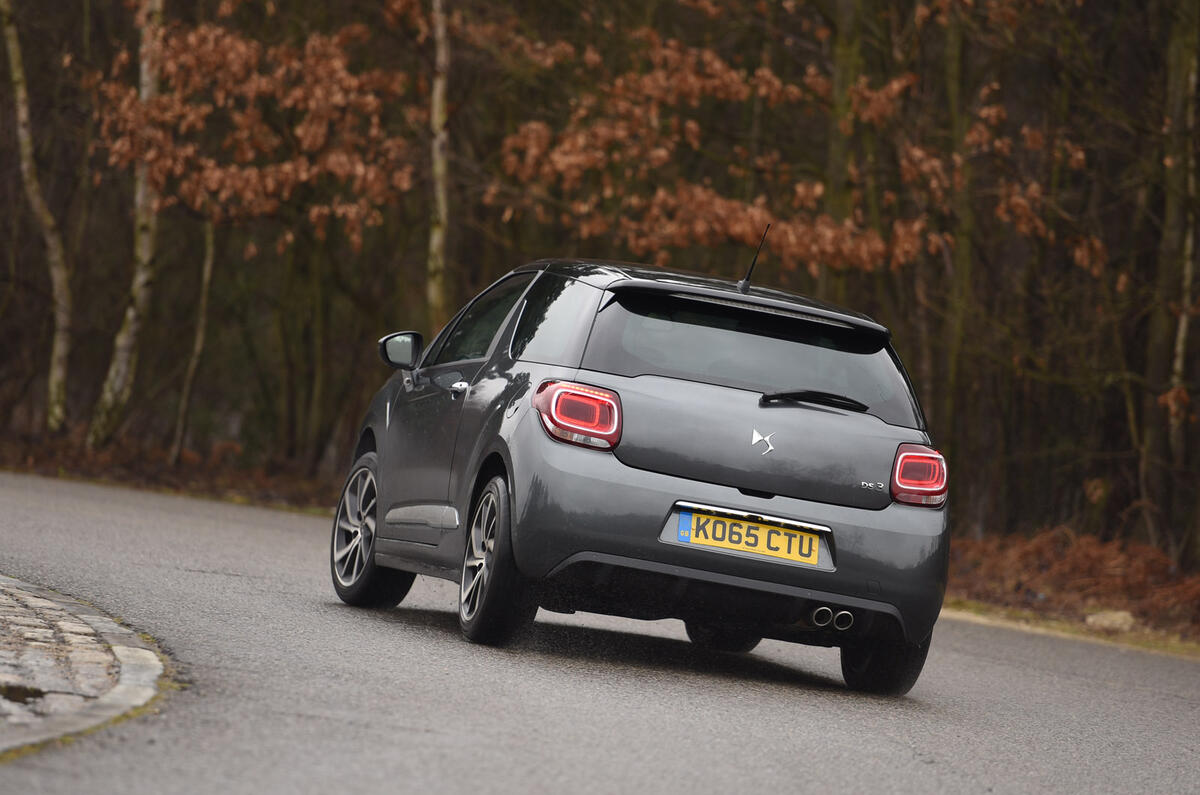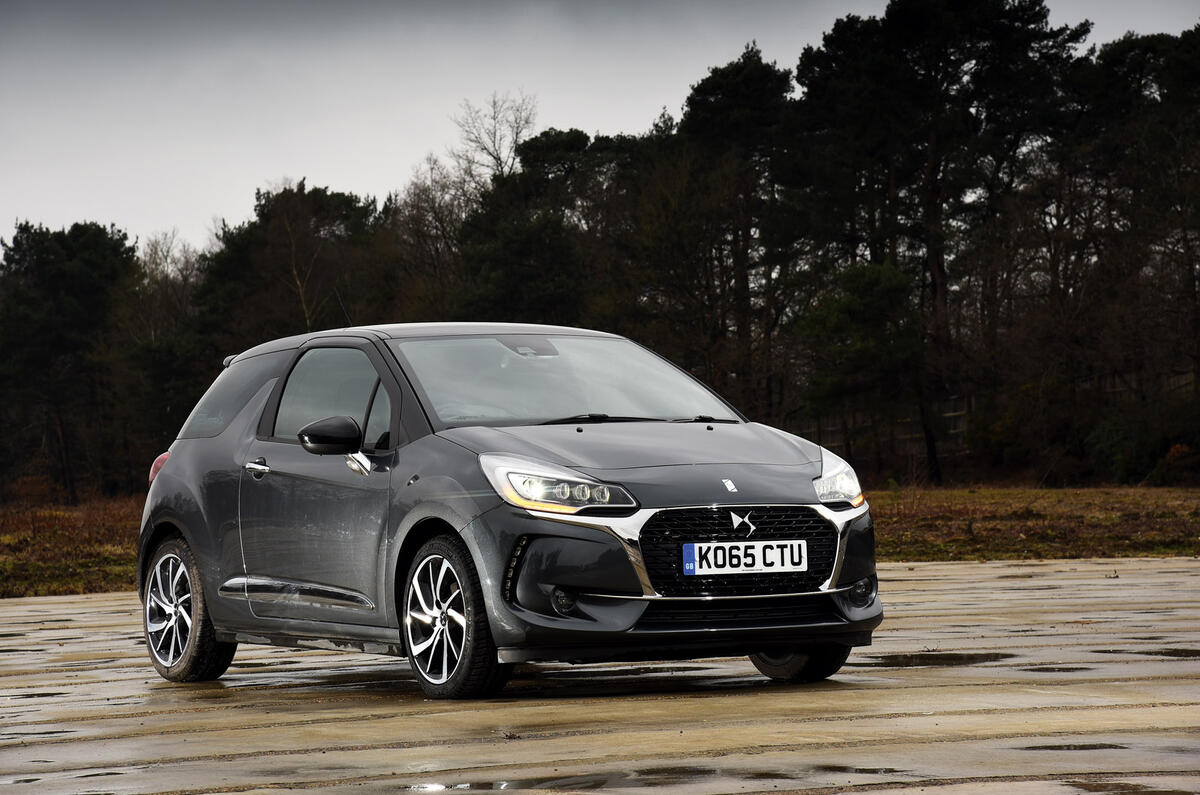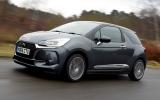The 3 doesn’t seem like the most practical car of its kind, because it’s offered in three-door form only, but compared with its competitors and sized up by the doughty Autocar road test tape measure, its cabin measures up quite well.
You wouldn’t ask a large adult to travel in the rear of the cabin, but it’s easier to swing yourself into and out of than it might otherwise be, thanks to a conveniently large grab handle that you’ll find on the inside of the ‘shark fin’ B-pillar panel.
There are three seatbelts fitted across the back, and although a new Mini offers more rear cabin space, an Audi A1 offers a fair bit less. The 3 scores moderately well on boot space, too, with a particularly deep loading area and room in there for a spacesaver spare as well.
Not that anything as rational as practicality is ever likely to sell such a car. Distinguishing material lavishness and flourish will be much more convincing for typical 3 customers and – balanced against some less convincing material quality, ergonomic design and infotainment features, all of which we’ll come to – there’s probably just enough of both to seal the deal.
Our Shark Grey test car had DS’s ‘Irresistible Paris’ accessory pack fitted, imposing a silver-grey fascia foil where a more colourful choice might have lifted the cheeriness of the car’s cabin ambience usefully. Even so, there’s enough ritzy chrome decoration about the fascia to make it look instantly special – from the bezelled instruments to the chrome-finished and leather-bound handbrake.



